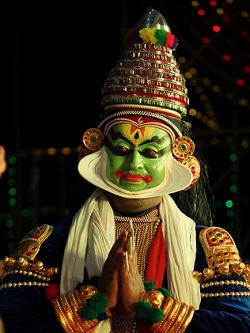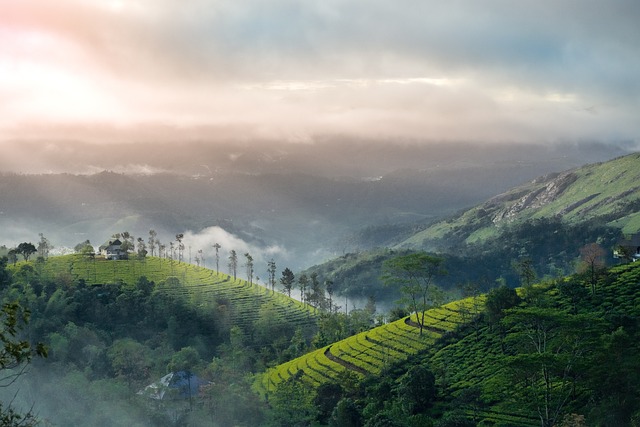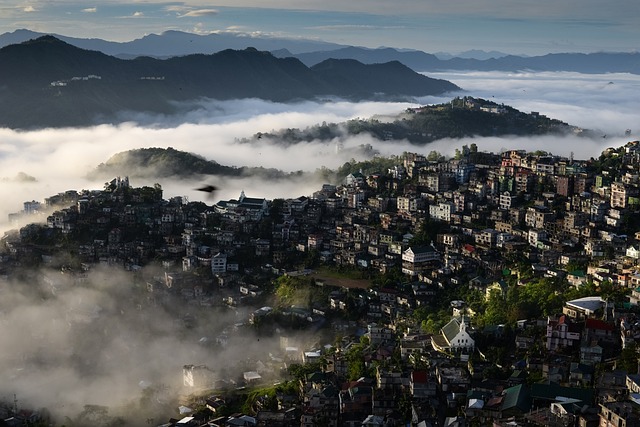Photos
Indian Culture Description
Kathakali is a traditional dance form that has been performed in one of the southern states of India called Kerala for over 400 years. This dance style is considered to be one of the most complex and challenging classical dance forms in India, with its detailed hand gestures, elaborate footwork, and highly stylized facial expressions.
Elaborate make-up and costumes by the dancers are the two most distinctive features of Kathakali. The dancers use colorful and ornate headdresses, large nose rings, and heavy eye makeup to express the different emotions and characters in the stories being performed. The make-up is applied in a specific way to create a unique look for each character, like green make-up representing nobility, red for evil, and black for demons.
Kathakali dances tell stories from Hindu mythology, such as the Ramayana and the Mahabharata and are performed to the accompaniment of classical Indian music. Music by a variety of instruments, including the mridangam (a type of drum), the flute, and the cymbals are used to perform this popular dance.
Kathakali is typically performed in large open-air theaters, where the performers can be seen from a distance. The movements in Kathakali are highly choreographed, with each gesture and expression having a specific meaning. The dancers use their eyes, eyebrows, and mouth to convey emotions and tell the story, making it a highly interactive and engaging form of entertainment.
Kathakali is not only a dance form but also a form of storytelling that has been passed down through generations. It is considered to be an important part of the cultural heritage of India and is recognized as an Intangible Cultural Heritage of Humanity by UNESCO. Today, Kathakali continues to be performed and appreciated by audiences around the world, making it an important part of India’s cultural legacy.
In conclusion, Kathakali is a unique and beautiful dance form that has been an integral part of India’s cultural heritage for centuries. Its intricate movements, elaborate costumes, and expressive facial expressions make it a true work of art that continues to be enjoyed by audiences today.
Visited 955 times, 2 Visits today

















